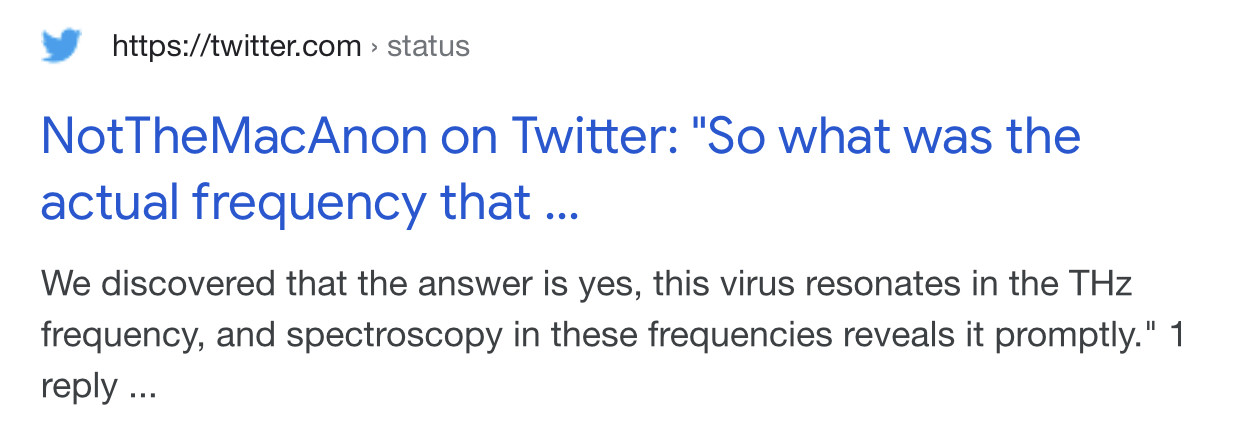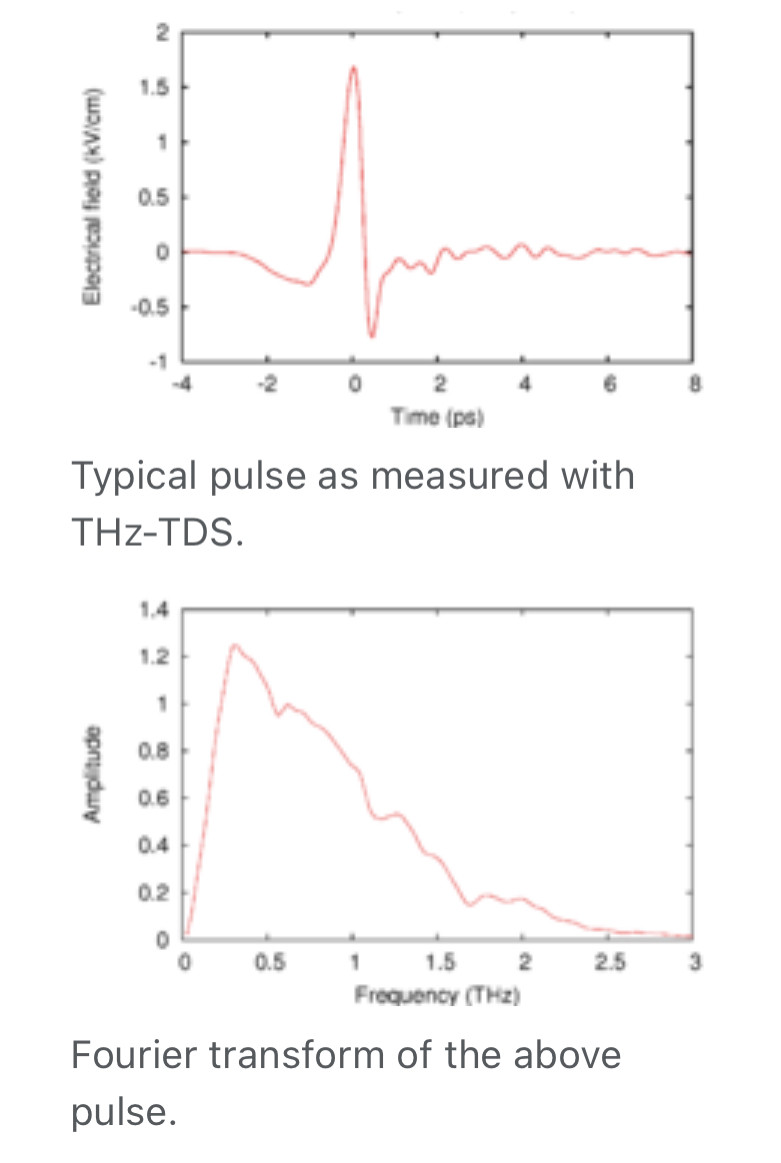Near-infrared (NIR) dye-sensitized upconversion nanoparticles (UCNPs) can broaden the absorption range and boost upconversion efficiency of UCNPs. Here, we achieved significantly enhanced upconversion luminescence in dye-sensitized core/active shell UCNPs via the doping of ytterbium ions (Yb3+) in the UCNP shell, which bridged the energy transfer from the dye to the UCNP core. As a result, we synergized the two most practical upconversion booster effectors (dye-sensitizing and core/shell enhancement) to amplify upconversion efficiency. We demonstrated two biomedical applications using these UCNPs. By using dye-sensitized core/active shell UCNP embedded poly(methyl methacrylate) polymer implantable systems, we successfully shifted the optogenetic neuron excitation window to a biocompatible and deep tissue penetrable 800 nm wavelength. Furthermore, UCNPs were water-solubilized with Pluronic F127 with high upconversion efficiency and can be imaged in a mouse model.
so.. what technology operates an 800 nm frequency?
The organic terahertz (THz) generation crystal BNA has recently gained traction as a valuable source to produce broadband THz pulses. Even when pumped with 800-nm light, thin BNA crystals can produce relatively high electric fields with frequency components out to 5 THz. However, the THz output when pumped with 800-nm light is limited by the damage threshold of the organic crystal. Here we report that the damage threshold of BNA can be significantly improved by physically bonding BNA to a high-thermal conductivity sapphire window.
When pumped with 800-nm light from an amplified Ti:sapphire laser system, our bonded BNA (BNA-sapphire) generates 2.5 times higher electric field strengths compared to bare BNA crystals. We characterize the average damage threshold for bare BNA and BNA-sapphire, measure peak-to-peak electric field strengths and THz waveforms, and determine the nonlinear transmission in BNA. Pumping BNA-sapphire with 800-nm light results in peak-to-peak electric fields exceeding 1 MV/cm, with strong broadband frequency components from 0.5-5 THz. Our BNA-sapphire THz source is a promising alternative to tilted pulse front LiNbO3 THz sources, which will enable many research groups without optical parametric amplifiers to perform high-field, broadband THz spectroscopy.
BROADBAND TERAHERTZ CONCENTRATORS
To enable the performance of THz spectroscopy on subwavelength samples one needs to concentrate the electromagnetic field in a small volume compared to the wavelength. Such confinement has been a subject of interest in the THz community.
In physics, terahertz time-domain spectroscopy (THz-TDS) is a spectroscopic technique in which the properties of matter are probed with short pulses of terahertz radiation. The generation and detection scheme is sensitive to the sample's effect on both the amplitude and the phase of the terahertz radiation. By measuring in the time-domain, the technique can provide more information than conventional Fourier-transform spectroscopy, which is only sensitive to the amplitude.
Infrared spectroscopy (IR spectroscopy) is the spectroscopy that deals with the infrared region of the electromagnetic spectrum, that is light with a longer wavelength and lower frequency than visible light. It covers a range of techniques, mostly based on absorption spectroscopy.


